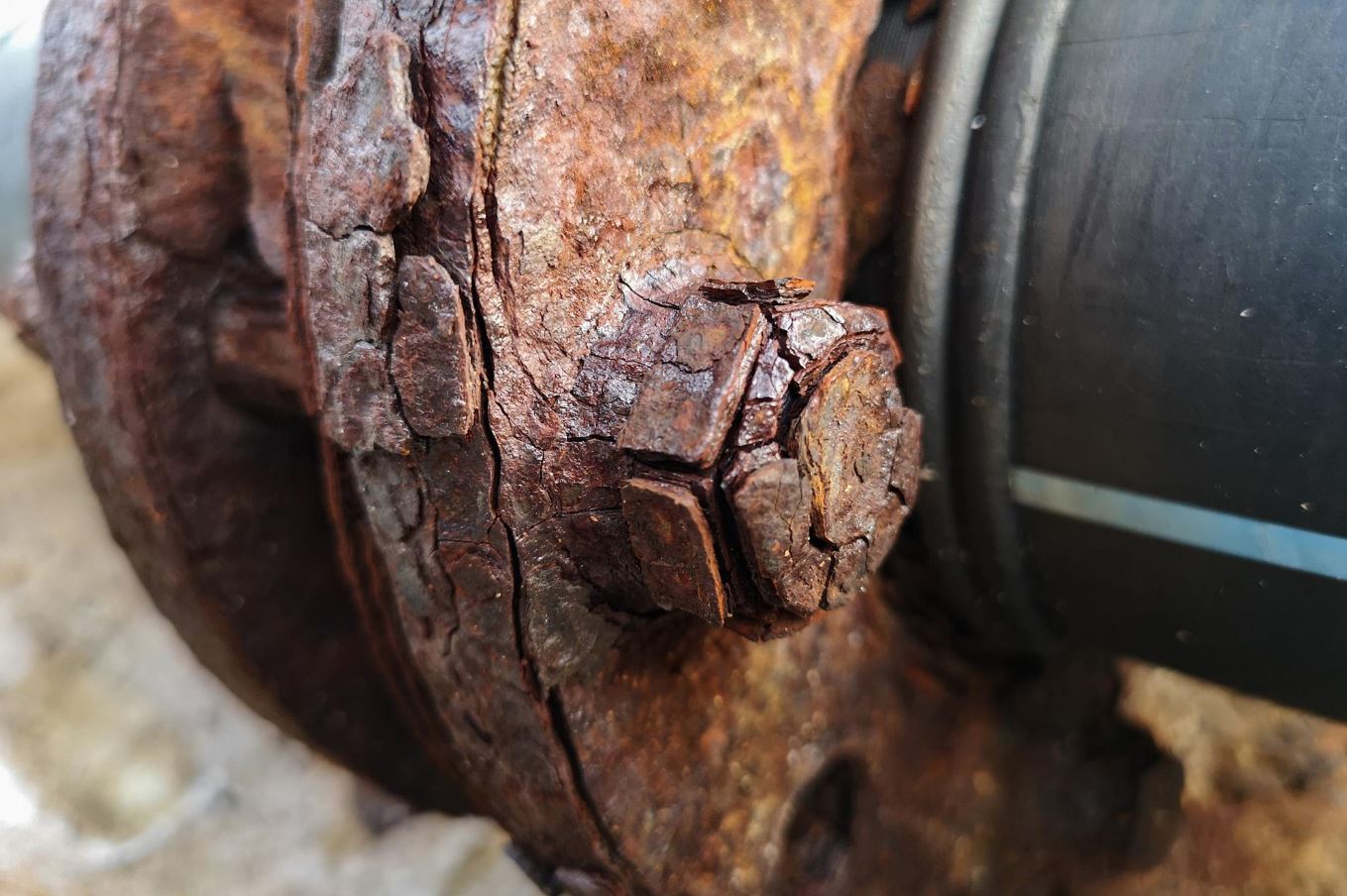Tuned Decay
An evolving study of how corrosion becomes harmony through deliberate calibration of entropy and sound.

Designing decay as an instrument
Tuned Decay explores what happens when corrosion is not left entirely to chance but guided through careful calibration. The artists behind the installation treat rust as a variable that can be tuned like a string. By controlling factors such as humidity, temperature, and metal composition, they shape the rate and texture of oxidation. The resulting shifts in electrochemical potential produce audible frequencies that fall into harmonic relationships. In this system, entropy becomes a form of tuning rather than an agent of disorder. The process redefines what it means to compose with materials that are always changing.
Each installation begins with a matrix of sensors attached to panels of different alloys. The sensors feed data into custom-built synthesizers that convert the chemical fluctuations into tone. However, unlike previous projects, Tuned Decay introduces a degree of feedback. The emitted sound slightly alters the surrounding microclimate, affecting the corrosion rate. Over time, the system learns its own equilibrium, balancing noise and reaction in a delicate choreography between control and surrender.
Resonance through calibration
The challenge of the project lies in maintaining musicality while respecting the autonomy of the materials. The team discovered that even small adjustments to environmental variables could dramatically alter the tonal outcome. A few degrees of warmth might turn a faint hiss into a low hum; a shift in moisture could make one plate dominate the mix. Rather than fixing these conditions, the artists approached them as levers of expression. By tuning entropy, they created a living composition that responds like a breathing organism. Every iteration of the piece is unique, shaped by both intention and accident.
When visitors enter the gallery, they encounter what feels like a slow conversation between instruments that never rest. The tones hover on the edge of harmony, often slipping into dissonance only to drift back toward balance. The experience recalls the tuning of an orchestra, but on a geological timescale. Instead of aligning pitches in seconds, the system adjusts itself over days, months, or even years. The music of Tuned Decay is patient, unfolding in cycles too slow for human rhythm but perfectly suited to the pace of matter itself.
Composing with entropy
In traditional composition, control is everything. Notes are written, dynamics prescribed, and outcomes planned. Tuned Decay subverts this logic. Here, composition is replaced by conditions. The artists design an environment where decay can sing freely, providing only gentle nudges through calibrated sensors and feedback circuits. The result is a piece that blurs the boundary between engineering and meditation. Each hum and whisper represents not a note written by a composer, but a response from the material world, a brief moment where energy, matter, and sound align.
The project thus invites a new form of authorship: one that values facilitation over command. It is less about mastering nature and more about conversing with it. The corrosion process becomes a collaborator that improvises within its own laws. The artists describe their role as that of listeners first, technicians second. By giving decay room to express itself, they allow the invisible mechanisms of the planet to produce art. It is creation through letting go.
The harmony of impermanence
Tuned Decay challenges the notion that harmony requires stability. In its world, harmony arises precisely because everything changes. The sounds do not resolve into a final chord but drift endlessly, held together by a fragile equilibrium of reactions. The installation transforms corrosion from a symbol of ruin into a metaphor for resilience. Each oxide layer, each fluctuation in tone, adds another verse to a song about persistence through transformation. The audience hears decay not as loss but as continuity in motion.
Standing before the work, one senses that the sound is older than the metal itself. It feels like listening to a geological heartbeat, the pulse of the earth’s materials as they return to their elemental state. This inversion of time and tone gives the piece its emotional depth. What begins as a study in chemistry becomes a meditation on the universal rhythm of existence. The beauty of Tuned Decay lies in its refusal to freeze that rhythm. Instead, it teaches that every act of transformation carries its own harmony if we are willing to listen slowly enough.
Extending the method
Following its debut, Tuned Decay has inspired collaborations between sound artists, materials scientists, and environmental researchers. The same tuning principles applied in the installation are now being tested on outdoor structures and public art pieces, turning corrosion monitoring into performance. In these experiments, weather becomes both performer and audience. As rain falls or sunlight heats the metal, the tones evolve in response, transforming environmental data into acoustic presence. The aim is to encourage awareness of the subtle dialogues that take place between human design and natural process.
In this sense, the project functions as an open platform rather than a finished artwork. Its legacy lies in the methods it proposes, methods that bridge art, science, and ecology through listening. Each sensor, each note, is a reminder that matter speaks continuously if we build tools sensitive enough to hear it. Tuned Decay turns that awareness into form, showing that even in rust there is resonance, and in every loss of polish, a gain of meaning.
